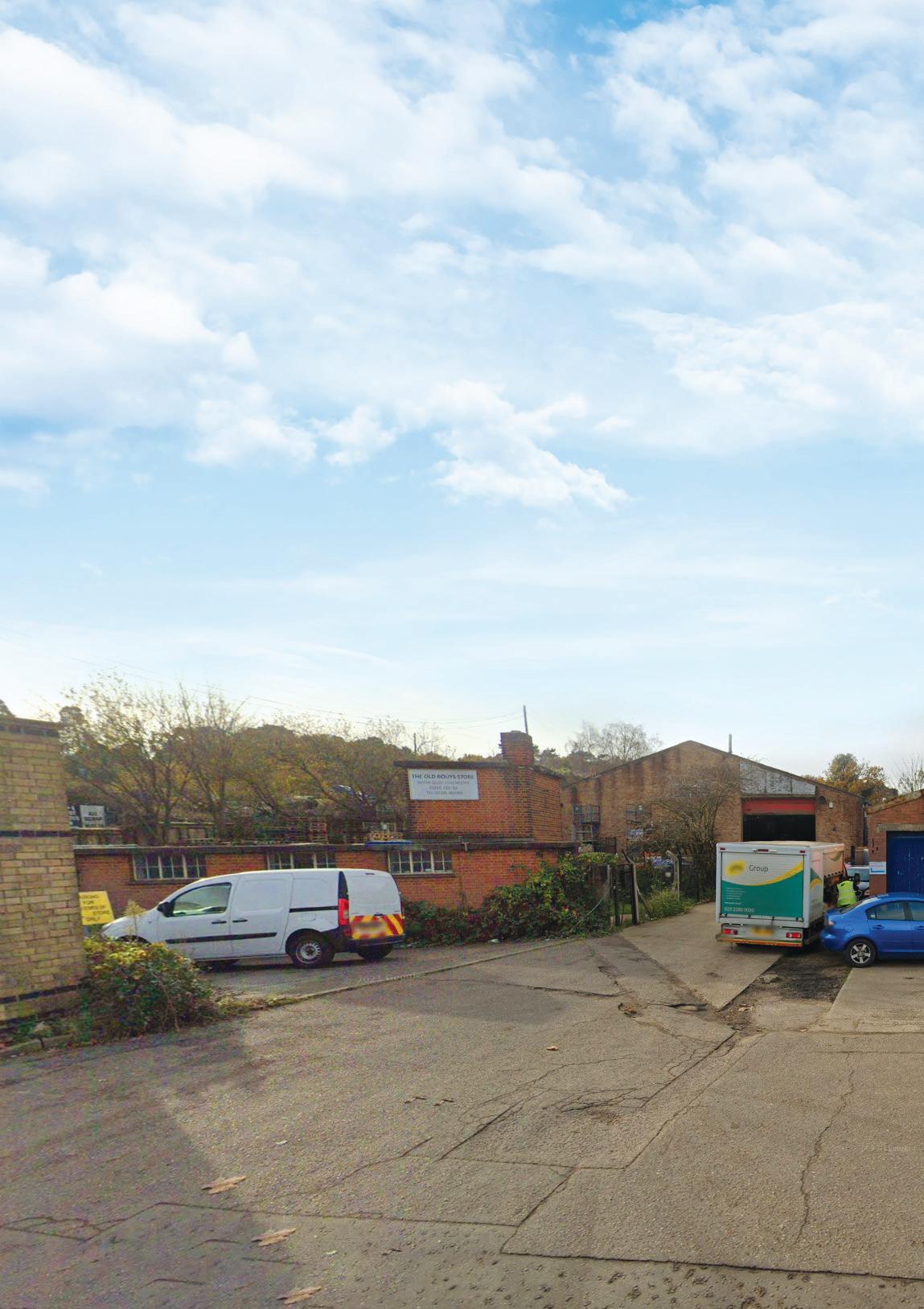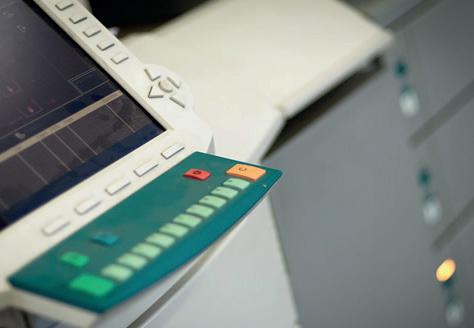togetherWorkingwith Let’s work together .
Assembly Direct Mail are the leading mailing house in the East of England specialising in printing, machine and hand enclosing, personalisation, data services and work with some of the UK leading companies.
 Image Source: Google
Image Source: Google



COLCHESTER TOWN OLD HEATH ABBEY FIELD SHRUB END LEXDEN RIVERCOLNE
HERE Assembly Direct Mail Units 1-2 Hythe Quay Colchester Essex CO2 8JB
FIND US
VETERNARY PRACTICE
HYTHE
COWDRAY AVE
IPSWICH ROAD A12
GREENSTEAD A120
ARDLEIGH
GREAT BROMLEY
UNIVERSITY OF ESSEX ELMSTEAD MARKET WIVENHOE CLACTON HARWICH
ASSEMBLY DIRECT B&Q
OLD HEATH ROWHEDGE FINGRINGHOE
RIVER COLNE
TESCO
COLNE VALLEY
YOU SHOULD KNOW...
Toilet facitities are located on the site map
Breaks (20 minutes) are normally taken at 10am and 2pm for a normal day shift
Please make sure you are aware of your supervisor name
Mobile phones are not allowed to be used while on site except in break time
Make sure you are aware of the fire assembly point indicated on the site map Fire test will be held monthly at random times Emergency Contacts: Concerns while onsite please ask for Paul Hines or Martin Smart in the main office or telephone Top Job Recruitment 01206 548421
MANUAL HANDLING HEALTH & SAFETY INFO
The health and safety of all its workers is paramount to Top Job Recruitment Limited. Whilst it is the client’s responsibility, under the Health & Safety at Work Act 1974, to provide a safe and healthy working environment, Top Job Recruitment has a duty of care to its temporary workers to ensure that they are aware of health and safety issues.
As a temporary worker your most important responsibilities are:
1
To take reasonable care of your own health and safety.
a. Avoid wearing jewellery or loose clothing and keep long hair tucked out of the way.
b. To take reasonable care not to put other people - fellow employees and members of the public - at risk.
c. To cooperate with your employer, making sure that you get proper training and that you understand and follow the company’s health and safety policy/policies.
2 Not to interfere with or misuse anything that’s been provided for your health, safety or welfare. 3
To report any injuries, strains or illnesses you suffer as a result of doing your job. 4
To tell your employer if something happens that might affect your ability to work (e.g. becoming pregnant or suffering an injury). 5
If you drive or operate machinery, to tell your employer if you take medication that makes you drowsy.
Clients will have their own Health and Safety policies but most of the following general safety rules will be in place and must be observed by all workers
More than a third of all “over-three-day” injuries reported each year to the enforcing authorities are caused by manual handling – the transporting or supporting of loads by hand or by bodily force.
The Manual Handling Operations Regulations 1992 require employers to:
AVOID the need for hazardous manual handling, so far as is reasonably practicable;
ASSESS the risk of injury from any hazardous manual handling that can’t be avoided
REDUCE the risk of injury from hazardous manual handling, so far as is reasonably practicable.
You need to assess the task, load, working environment and individual capacity.
There is no such thing as a completely ‘safe’ manual handling operation, but working within the following guidelines will cut the risk and reduce the likelihood of injury.
Manual handling will be eliminated where possible with the use of mechanical lifting equipment; if not possible the risk of injury will be reduced with the use of handling aids such as pallet trucks, sack barrows and trolleys etc.
Where manual lifting is required, care must be taken especially whilst lifting products over 25kg and assistance must be sought. Assess the weight properly before lifting and where appropriate PPE, gloves are a requirement for this operation.
If you believe that you are at serious risk of an injury then don’t lift, seek guidance and assistance from the supervisor.
Find out more... www.hse.gov.uk/msd/mac/guidance01a.htm
www.hse.gov.uk/msd/mac/liftvid1.htm
Factors that affect likelihood of injury…
Weight of load
Size and shape of load
Posture during manual handling
The distance to lift
Do's
Nature of manual handling movement
Frequency of manual handling
Working environment
Capability of the person
One Stop & think – Take a balanced stance with your feet about shoulderwidth apart.
Two Position the feet – One foot can be behind the object and the other next to it.
Three Adopt a good posture – Squat down to lift the object, but keep your heels off the floor. Get as close to the object as you can. Use your palms, (not just your fingers) to get a secure grip on the load.
Four Get a firm grip & keep close to body – Lift gradually (without jerking) using your leg, abdominal and buttock muscles and keeping the load as close to you as possible. Keep your chin tucked in so as to keep a relatively straight back and neck line.
Five
Stand straight & move feet only – Once you’re standing, change directions by pointing your feet in the direction you want to go and turning your whole body. Avoid twisting at your waist while carrying a load. When you put a load down, use these same guidelines in reverse.
Don'ts
Don’t bend your back
Don’t crouch
Don’t tilt your head
Don’t move your upper body, when moving the load
01206 548421 topjobrecruitment.com hello@topjobrecruitment.com 10 Church Street, Colchester CO1 1NF
assemblydirectmail.com Units 1-2
Quay, Colchester
Find us on
01206 790640
Hythe
Essex CO2 8JB
 Image Source: Google
Image Source: Google




